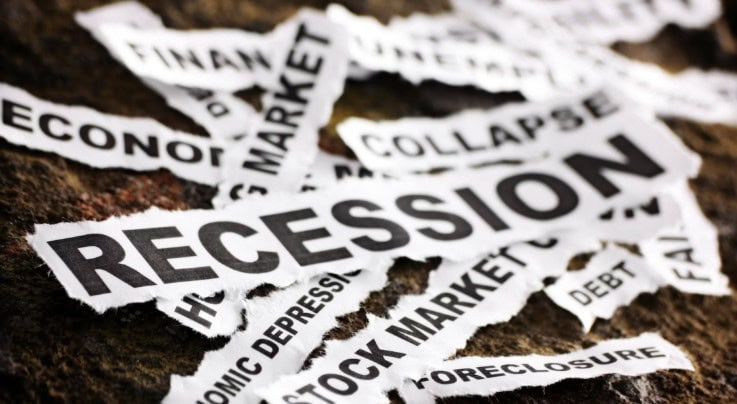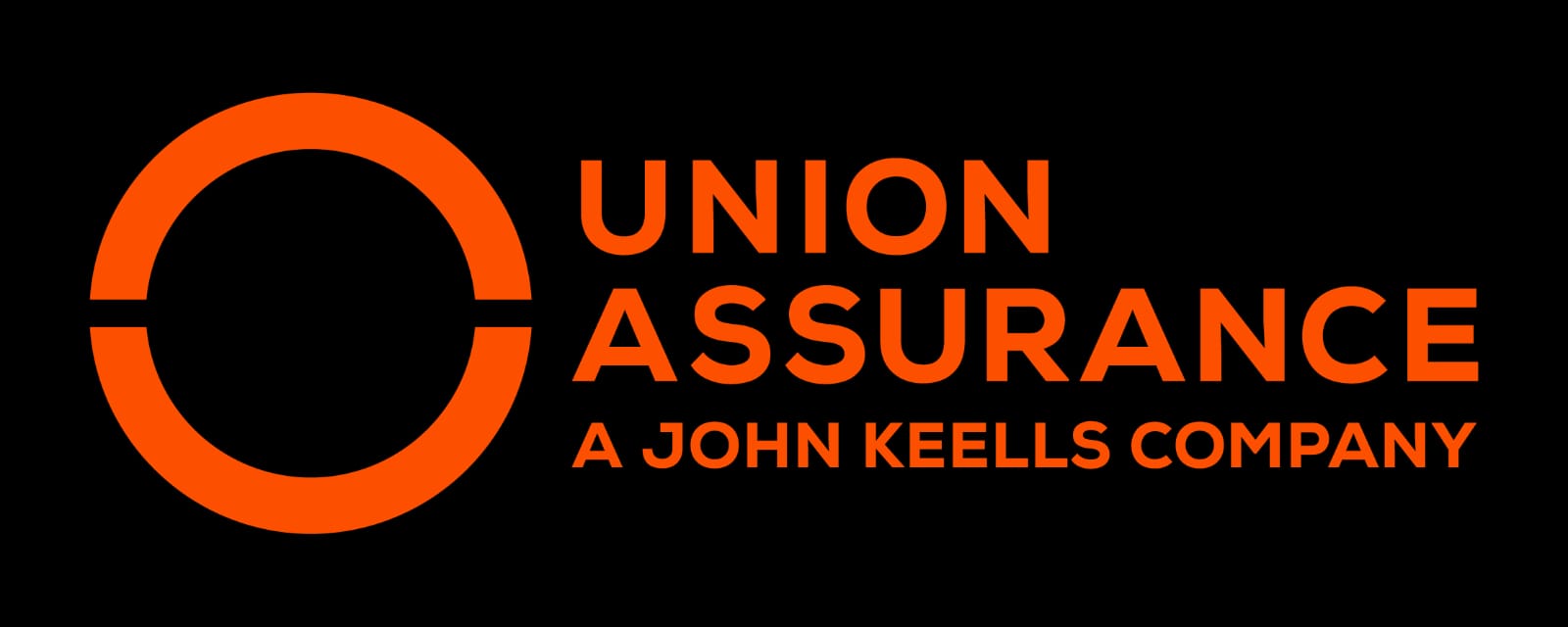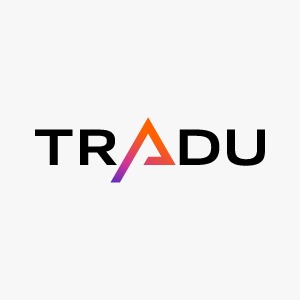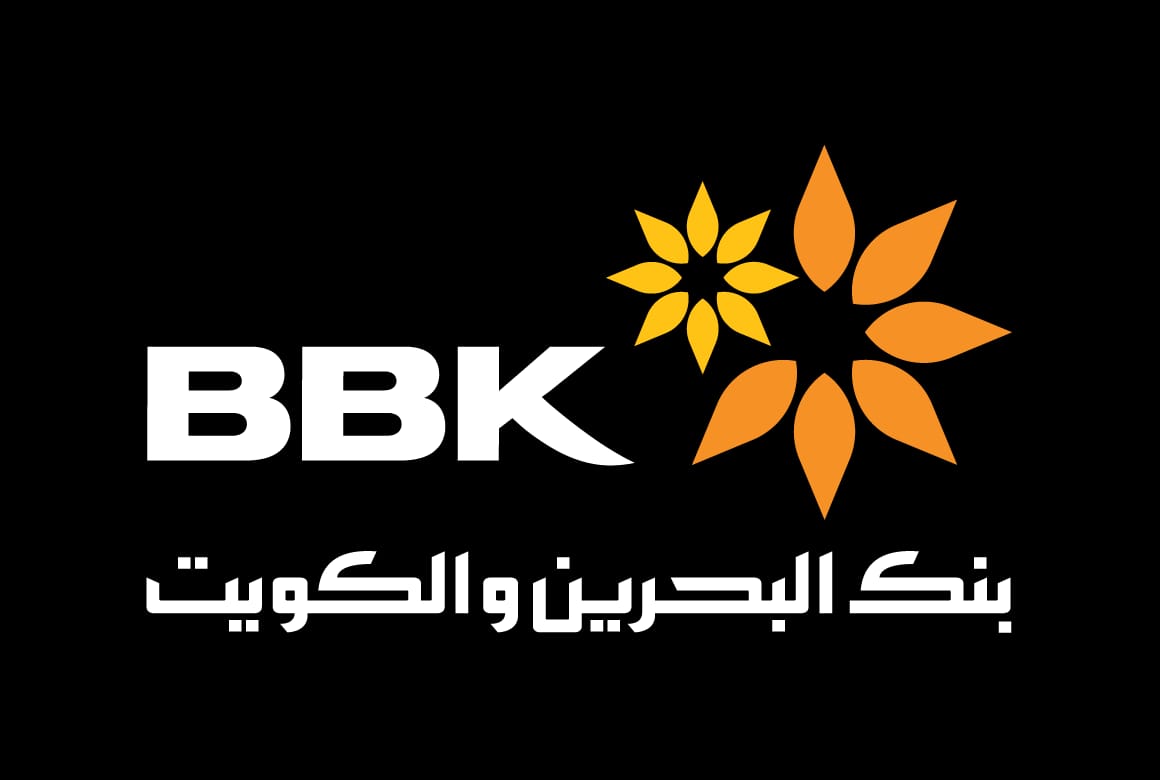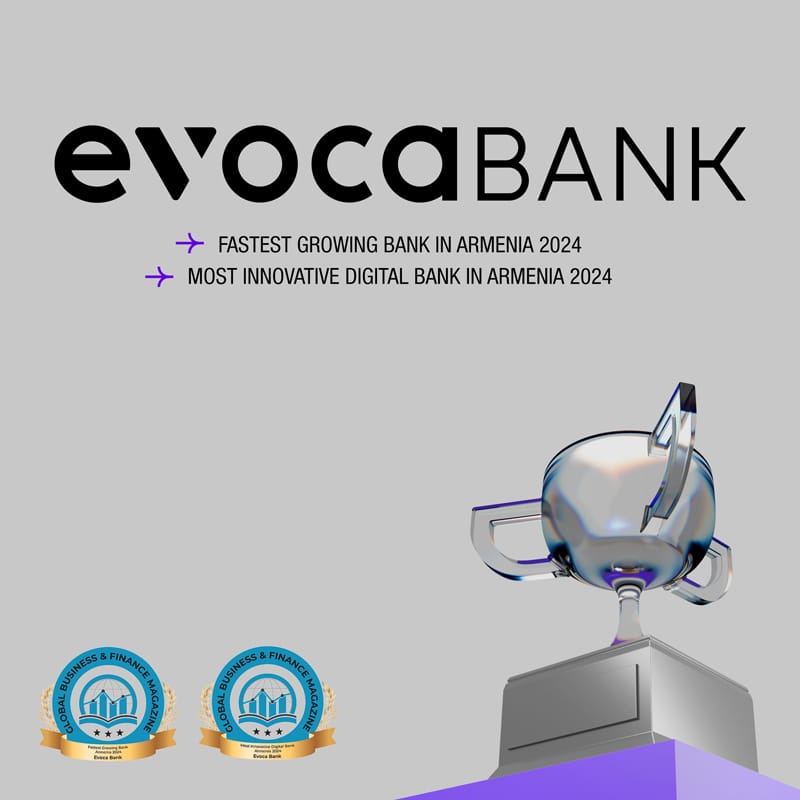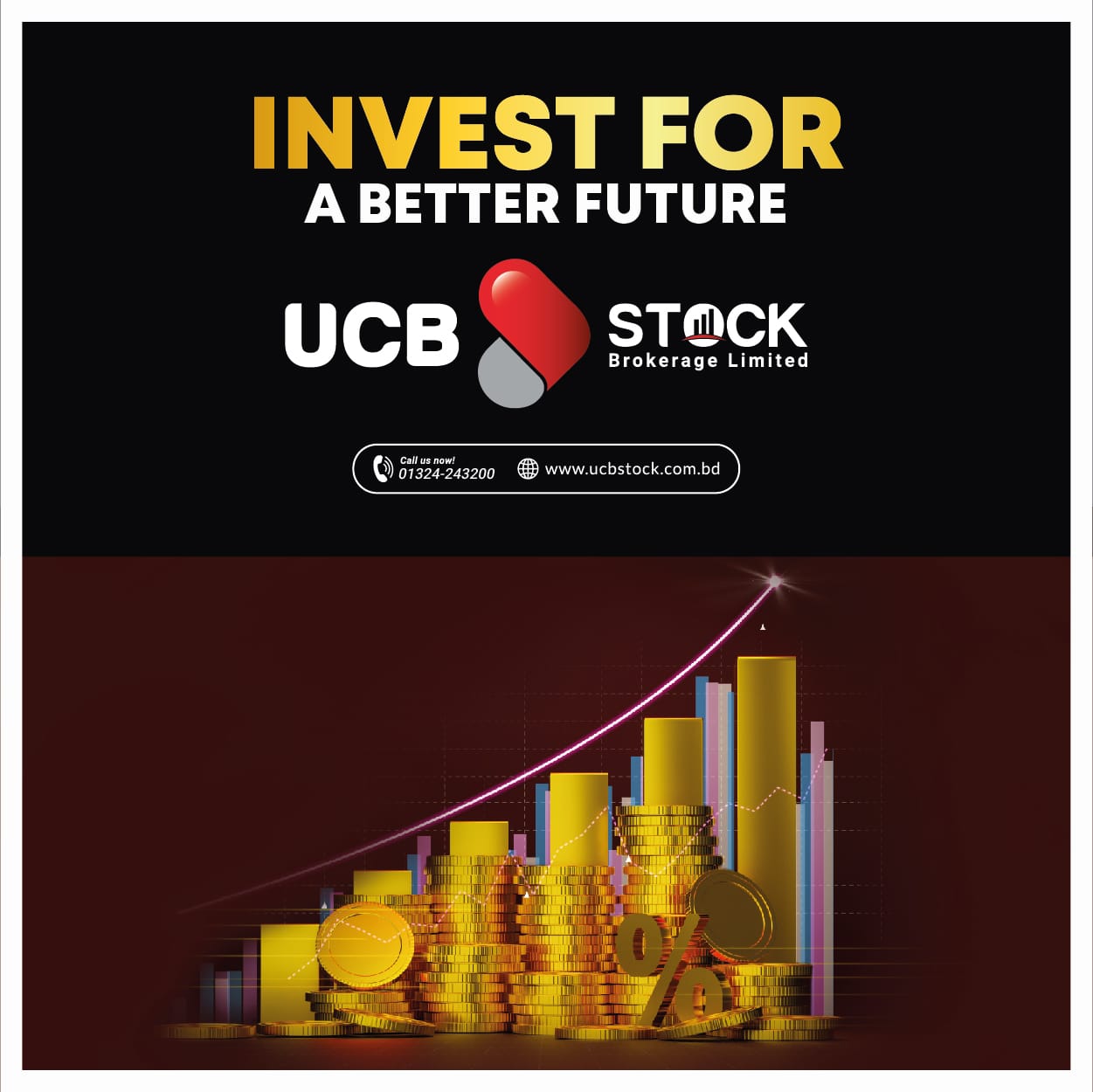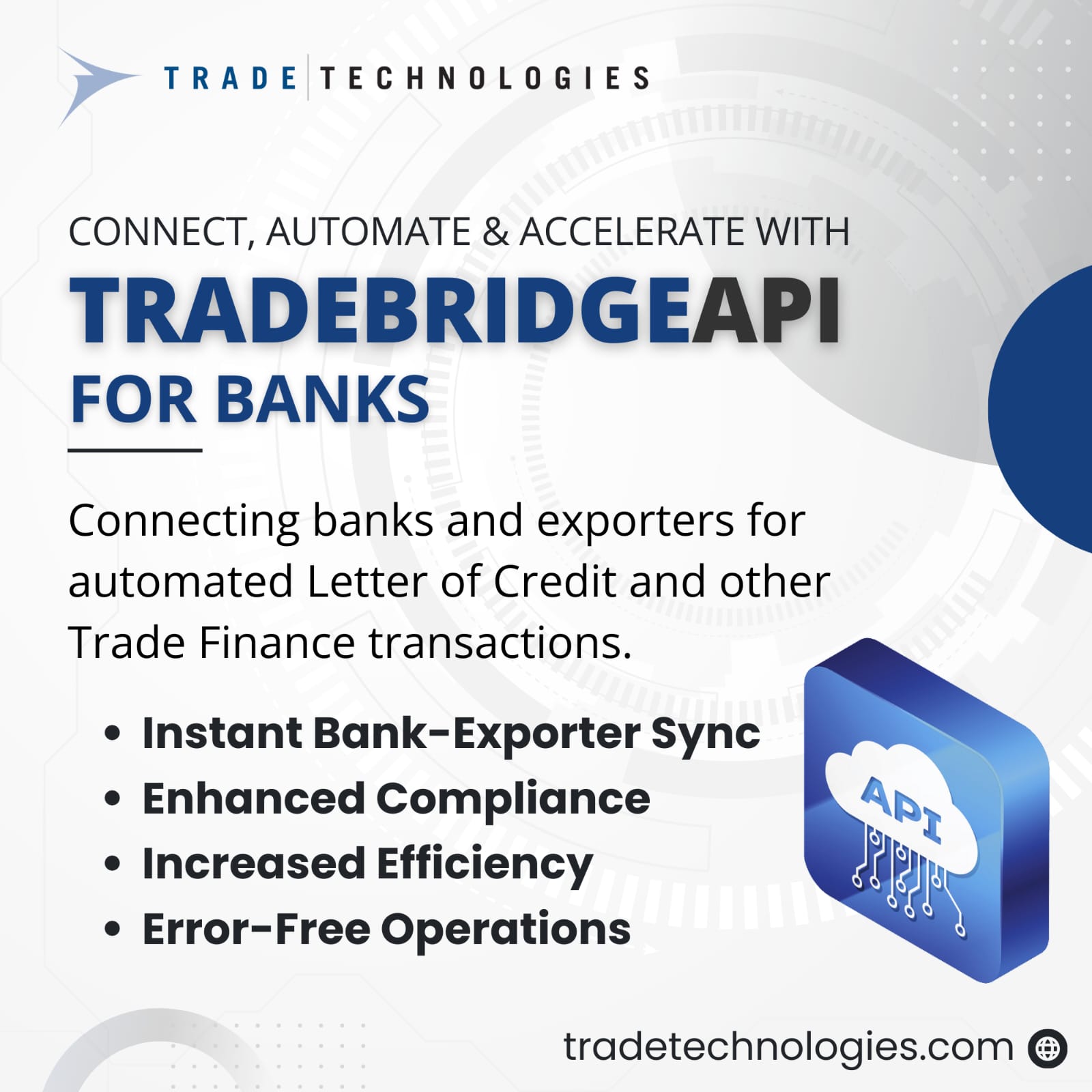For years, the World Bank Group’s systems for measuring results operated in parallel tracks: corporate Scorecards that monitored performance through outcome-level targets, and impact evaluations that investigated what works, for whom, and why. Both were powerful in their own right—but too often disconnected.
That is beginning to change.
In today’s context of tighter budgets, more complex challenges, and a renewed call for transformational impact, the World Bank Group is making a concerted effort to align these tools—by design. We are now building stronger, deliberate links between the Scorecard and the growing portfolio of impact evaluations to sharpen our understanding of how to deliver meaningful outcomes at scale.
Combining the what and the why
The Scorecard anchors the institution’s ambition around outcome-level targets that cut across climate, jobs, gender, and inclusion. It tells us what we are achieving and where we stand. But it cannot tell us why progress is (or isn’t) happening.
That’s where impact evaluations come in. They provide the causal insight needed to explain which interventions are moving the needle—and under what conditions. They strengthen the results chain by connecting outcomes to drivers and supporting timely course correction.
Together, these systems do more than track change—they explain it. They allow us to find the signal behind the score.
Integrating agility and depth
Historically, Scorecards were built for speed—regular updates, short-term accountability—while impact evaluations were seen as slow-moving, academic exercises. But that divide is now narrowing.
Today’s evaluations are more agile than ever. Rapid randomized trials, adaptive designs, and embedded A/B testing can be built into project design without delaying delivery. When grounded in strong theories of change and supported by quality data systems, they can deliver early findings that inform real-time decisions.
This approach requires more than good design—it demands the operational infrastructure to act on learning. That’s why our adaptive trials embed implementation support teams directly in the field. These teams translate evidence into action through digital and AI platforms, rapid feedback cycles, and close collaboration with government partners.
The key is to start early, stay lean, and stay useful. Done right, impact evaluations are not a post-mortem—they’re a driver of accelerated learning.
From opportunities to systems
If the Scorecard acts as our institutional compass, then impact evaluations must shine a light on every pathway it charts. To do this, evaluations must be better aligned with the full spectrum of corporate outcomes—from emissions reduction to resilience building and quality job creation.
Rather than following academic curiosity or opportunistic funding, evaluation portfolios should reflect institutional strategy. That means rigor in new domains such as climate finance, fragility, and private capital mobilization—just as we have in education or health.
This shift—from scattered opportunity to strategic system—requires intentional planning, cross-sectoral collaboration, and sustained investment in learning.
From proving to improving
We often speak of a “results culture,” but too often that culture stops at counting. A mature results culture must also value causality, curiosity, and course correction—hallmarks of a science-based adaptive learning approach that tests, learns, and evolves continuously within the lifecycle of a project.
When evaluations are embedded into project lifecycles and explicitly linked to institutional targets, they move us from proving success to improving it. They allow us to tell compelling, evidence-informed stories—and more importantly, help us invest in what actually works.
This is especially critical for outcomes that unfold over time. Entrepreneurship programs may show promising outputs like increased business registrations, but only evaluation reveals which interventions—such as pairing capital with mentorship—actually generate sustainable jobs.
Similarly, skills training programs may report high certification rates, but evaluation identifies the models that truly deliver increased earnings, employment, and inclusion—especially for women and youth.
Steering today’s delivery, shaping tomorrow’s impact
The lesson is clear: scorecards tell us whether we’re moving. Impact evaluations tell us whether we’re moving in the right direction—and why.
Take, for instance, projects that embed randomized trials into early phases of delivery—testing variations in training formats, incentive structures, or targeting mechanisms. By generating early insights and iterating in real time, these projects can adapt toward models that maximize results before full rollout. This isn’t just learning—it’s steering through experimentation.
This convergence is particularly relevant for the jobs agenda, where both speed and effectiveness are vital. By integrating performance tracking and rigorous evaluation, institutions can course-correct in real time and still stay focused on long-term results.
At the World Bank Group, we are no longer treating impact evaluations and the Scorecard as separate tools. We are aligning them—intentionally and strategically—to ensure that results are not just visible, but meaningful.
That is how we find the signal in the score— and how we build a science-based adaptive delivery system that delivers better outcomes, faster, and with lasting impact.
Source : World Bank








